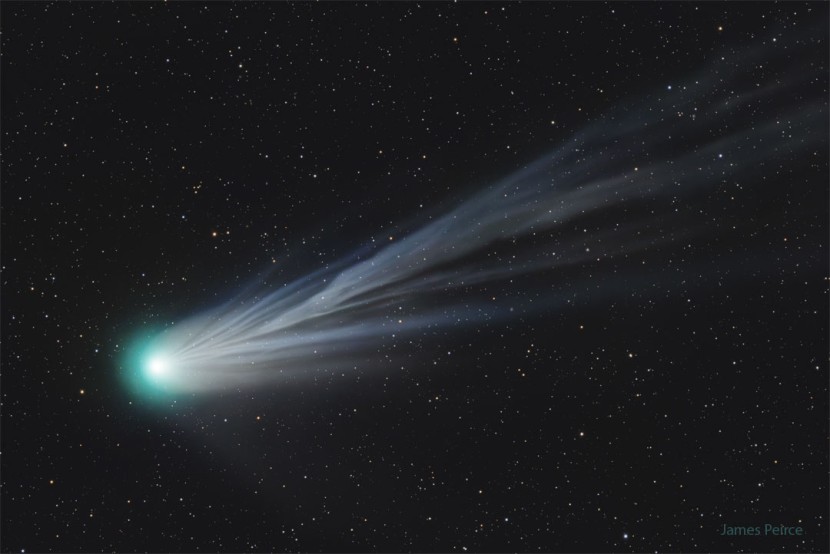
The once-in-a-lifetime "Devil Comet" is expected to be at its most visible just after sunset on April 21 - though hopeful stargazers should get their hands on some binoculars if they want to get a full view.
The comet, also known by its formal name, 12P/ Pons-Brooks, is 10.5 miles-wide and green in color. It gained its nickname in 2023, when observers noticed an asymmetrical outburst that resembled two devil horns.
The comet was last visible in 1954 and astronomers don't expect earthlings to get another good glimpse until 2096. During its travels, 12p can reach distances as far as Neptune and get as close to the sun as Venus.
People residing in the northern hemisphere will be able to see the Devil Comet this weekend, with the aid of binoculars or a small telescope. It will be most visible in the early evening sky, just after the sun dips below the horizon. Stargazers should look west, under the moon and to the right of Jupiter.
As the comet approaches the sun, it becomes increasingly bright and more visible from Earth. In astronomy, brightness is measured on a scale from one to six - with one being the absolute brightest celestial bodies. NASA cautioned would-be stargazers that 12p will likely reach a maximum brightness of five.
"Many images depict a bright comet with a long green tail," said Bill Cooke, who leads NASA's Meteoroid Environment Office. "That's not going to happen."
There is some possibility, however, that the comet will experience an outburst that could light it up within the night sky.
"There have been minor outbursts roughly once a month but it's impossible to predict them," Cooke said. "The last one was on Leap Day, February 29."








